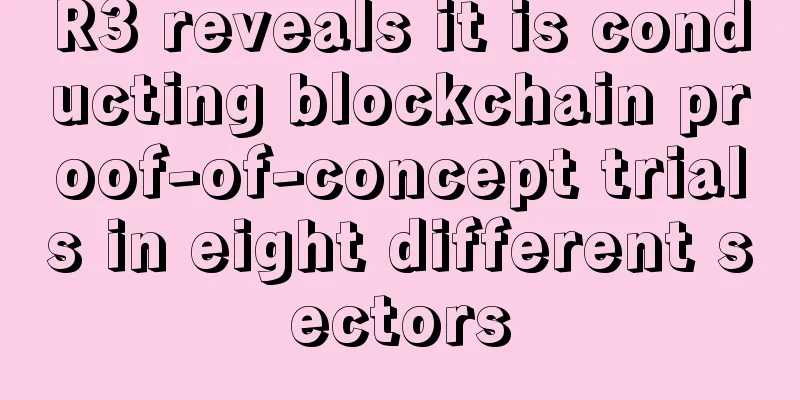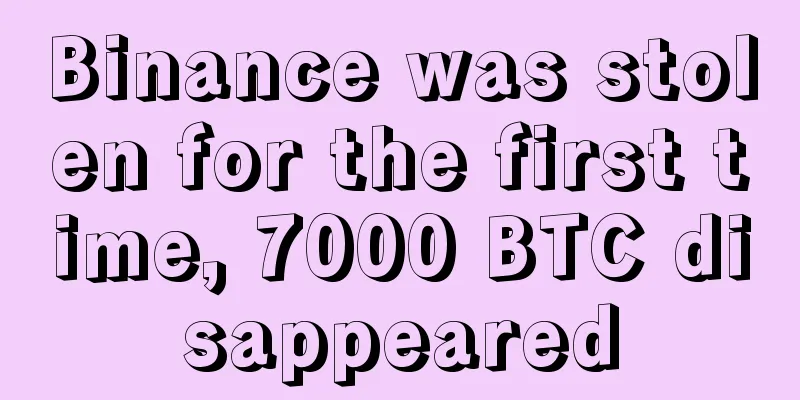R3 reveals it is conducting blockchain proof-of-concept trials in eight different sectors

|
R3CEV, a consortium of more than 40 global financial institutions, is currently working on at least eight different proofs of concepts (PoCs) designed to demonstrate how distributed ledgers can streamline Wall Street trading on a large scale and make it easier to regulate transactions. Speaking at the Blockchain and Distributed Ledger Conference on Thursday, an R3CEV executive listed eight different areas in which the company is working on proofs of concept, including system interoperability, payments, settlements, trade finance, corporate bonds, repo, swaps and insurance. The conference attracted approximately 50 participants from regulators, product developers, enforcement attorneys and other financial industry representatives. Jacob Farber, general counsel at R3, told attendees:
Jacob Farber Prior to this, R3 announced its Corda project, a distributed ledger that focuses on studying some of the unique privacy requirements of financial institutions. Farber stressed that the purpose of the proof-of-concept projects they are conducting in these industries is not to replace them. Instead, these proofs of concept will provide a range of services and write them to the distributed ledger. Specifically, Farber mentioned services including post-trade reporting, reference data and management data provided by applications. Smart ContractsFarber strongly objects to the term "smart contracts," which is used to describe legal agreements that are stored on a blockchain and contain certain obligations that are activated when certain pre-defined events occur.
Likewise, during yesterday’s panel discussion, Patrick Murck, a fellow at Harvard University’s Berkman Center for Internet & Society and former executive director of the Bitcoin Foundation, said he, too, was “infuriated” by the term, which was coined by Nick Szabo in 1997. Patrick Murck Merck also proposed using "programmed trading" instead, explaining that these contracts almost always have a traditional contract counterpart and that these contracts can only be executed mechanically, which can also be achieved with traditional technology. The two-day conference, hosted by the American Conference Association, covered a wide range of topics, including law enforcement, regulators’ position on blockchain, and the nature of smart contracts. Original article: http://www.coindesk.com/r3-reveals-8-areas-of-focus-for-blockchain-bank-trials/ |
<<: Genesis Miner sets up giant billboard to fight Trump's wall
>>: WAVES ICO Goes So Well It’s Almost Mistaken For A DDoS Attack
Recommend
How to read villain's face
There are many sinister villains in life. They li...
Is it true that women with high cheekbones have very domineering personalities?
For women, the softer the facial features, the mo...
What are the facial features of having money but no love? Yellow teeth
When facing life, money and love are often what e...
What kind of facial features make men tend to be unfaithful? Facial features of a playboy
1. Willow Leaf Eyebrows In physiognomy, if a man ...
Why do horizontal lines suddenly appear on the root of the mountain?
If you have never been exposed to physiognomy, yo...
Such people rarely have good luck.
Everyone wants to have good luck. If the luck is ...
“New York Consensus” may be Bitcoin’s last chance
On May 23, 2017, 56 well-known blockchain startup...
Palmistry for Financial Management
Palmistry for Financial Management From the overa...
Career line from Moon Hill to Saturn Hill
The career line in palmistry runs from the Moon H...
China accounts for 2/3 of Bitcoin’s computing power, with 54% in Sichuan
Source: Scallion Blockchain Chinese bitcoin miner...
Analysis of the face of a woman with a high forehead
In physiognomy, the forehead mainly reflects a pe...
Do you know where the good moles are located?
The location of moles is different, so the person...
Palmistry: Are you suitable for working or starting a business?
Are you suitable for working or starting a busine...
A brief discussion on the four realms of blockchain technology
These levels are summarized from the practices an...
How is the eyebrow tail?
In traditional Chinese physiognomy, the thickness...









